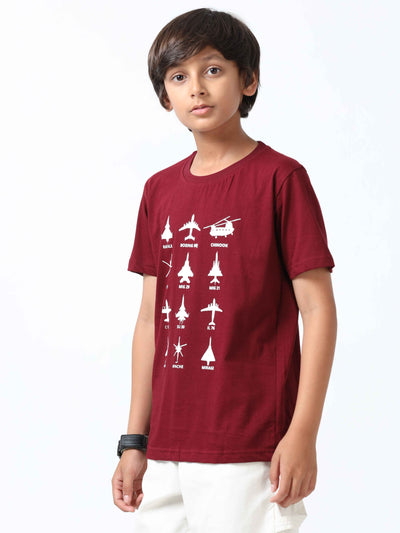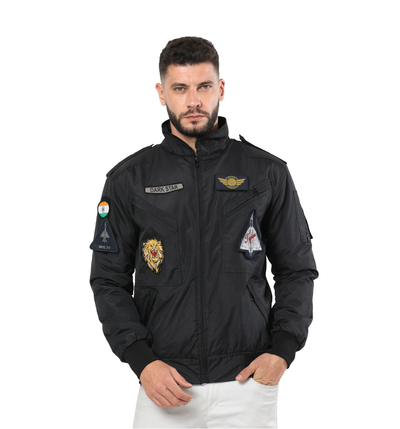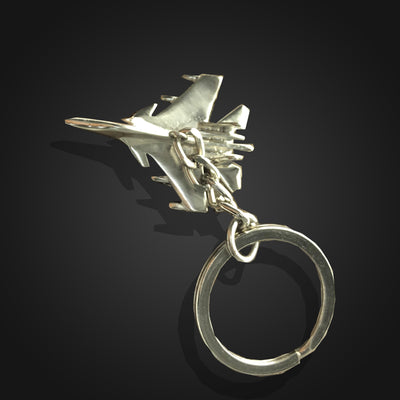Non-Refundable

How the Indian Military Tackles Mountain Warfare: Challenges and Gear
Share
Mountain warfare is one of the most demanding forms of military engagement, requiring specialized tactics, training, and equipment. The Indian military, given its extensive borders with hostile nations and the rugged Himalayan terrain, has honed its capabilities to excel in such challenging environments. This blog delves into the various challenges faced by the Indian military in mountain warfare and the gear and innovations that aid them in overcoming these challenges.
Understanding Mountain Warfare
Mountain warfare encompasses a range of military operations conducted in mountainous regions characterized by rugged terrain, high altitudes, and unpredictable weather conditions. Soldiers in these environments face numerous challenges, including:
- Harsh Climate: Extreme temperatures, blizzards, and heavy snowfall can incapacitate troops and equipment.
- Rugged Terrain: Steep slopes, deep ravines, and narrow passes complicate movement and logistics.
- Limited Visibility: Weather conditions can limit visibility, making navigation and communication difficult.
- Psychological Strain: The isolation, altitude, and stress of mountain operations can take a toll on the soldiers’ mental health.
To address these challenges, the Indian military has developed specialized training programs and acquired advanced gear tailored to mountain warfare.
The Role of Training
Training is a cornerstone of the Indian military’s approach to mountain warfare. Soldiers undergo rigorous training to develop skills essential for survival and success in the mountains. This training includes:
- Physical Conditioning: Soldiers participate in intense physical training to build endurance and strength, vital for navigating difficult terrains.
- Mountaineering Skills: Learning to climb, rappel, and traverse icy landscapes is crucial. Courses on snow and ice techniques prepare soldiers for various terrains.
- Survival Training: Troops learn how to survive in extreme weather conditions, including building shelters, finding food, and using equipment effectively.
- Tactical Exercises: Simulated combat scenarios in mountainous environments help soldiers practice tactics, teamwork, and decision-making under pressure.
The Importance of Gear
In mountain warfare, the right gear can mean the difference between life and death. The Indian military invests in specialized equipment designed to withstand the rigors of mountainous environments. Let’s explore some essential gear that supports the Indian armed forces in mountain warfare.
1. Military Marvels Products
Military Marvels has emerged as a reliable brand for gear tailored to the specific needs of troops engaged in mountain warfare. Their products are designed with functionality, durability, and the unique challenges of high-altitude operations in mind.
Indian Army T-shirts
Comfort and functionality are paramount in military apparel. The Indian Army T-shirts are crafted from breathable fabrics that wick moisture away from the body. These T-shirts are ideal for soldiers operating in mountainous areas, providing them with the comfort needed during physically demanding tasks. Additionally, the T-shirts are durable and can withstand the harsh conditions encountered in the field.
Indian Air Force Jackets
The Indian Air Force jackets are designed to offer warmth and protection against extreme weather conditions. These jackets are insulated to provide adequate warmth at high altitudes while remaining lightweight for ease of movement. The jackets often come equipped with multiple pockets for storing essential items, making them practical for use in the field.

Army Backpacks
The Army backpack is a crucial piece of gear for soldiers in mountain warfare. Made with 900-denier, 100% polyester with a PU coating, these backpacks are durable and resistant to water. The Durable Water Repellent (DWR) feature ensures that the gear inside stays dry, even in wet conditions. With ample storage space and ergonomic designs, these backpacks enable soldiers to carry their essentials efficiently while maintaining mobility.
2. Tactical Footwear
Proper footwear is vital in mountain warfare. The Indian military utilizes specialized tactical boots designed for rugged terrain, providing the necessary support, traction, and insulation. These boots feature reinforced toes and waterproof materials, ensuring soldiers can traverse challenging landscapes without compromising comfort or safety.
3. Cold Weather Gear
High-altitude operations often involve frigid temperatures. Soldiers are equipped with thermal layers, insulated gloves, and cold weather hats to maintain body heat. These garments are designed to trap warmth while remaining lightweight, enabling soldiers to maneuver effectively.
4. Communication Equipment
Effective communication is critical in mountain warfare, where terrain can disrupt traditional radio signals. The Indian military employs advanced communication systems that function in extreme conditions, ensuring that soldiers can stay connected during operations.
5. Surveillance and Reconnaissance Tools
To gain an advantage in mountainous terrain, surveillance tools such as drones and advanced optics are employed. These technologies provide real-time intelligence, allowing commanders to make informed decisions and plan their movements strategically.
Challenges in Mountain Warfare
While specialized training and gear significantly enhance the capabilities of the Indian military in mountain warfare, several challenges persist.
1. Logistical Difficulties
Supply chains are complicated by the rugged terrain, making it difficult to transport troops, equipment, and supplies. The Indian military continuously seeks innovative solutions to enhance logistics, such as utilizing helicopters for supply drops.
2. Altitude Sickness
Operating at high altitudes can lead to altitude sickness, which can incapacitate soldiers. The military implements acclimatization protocols to help troops adjust gradually to altitude, minimizing the risk of sickness.
3. Enemy Engagement
Mountain warfare can lead to ambushes and surprise attacks. Soldiers must remain vigilant and adaptable, constantly assessing their surroundings and adjusting their strategies to counter enemy tactics effectively.
4. Environmental Hazards
The natural environment poses various hazards, including avalanches and rockfalls. Troops are trained to recognize these dangers and implement safety measures while conducting operations.
5. Psychological Challenges
The isolation and stress of mountain warfare can affect soldiers' mental health. Support systems and mental health resources are crucial to ensuring the well-being of troops engaged in prolonged mountain operations.
Conclusion
The Indian military's approach to mountain warfare is a testament to its commitment to ensuring national security in challenging environments. Through rigorous training, specialized gear, and innovative tactics, soldiers are well-equipped to tackle the unique challenges posed by mountainous terrains. As technology continues to evolve, the Indian military will likely enhance its capabilities further, ensuring that it remains prepared to face any challenge in the mountains.
FAQs
-
What are the key challenges faced in mountain warfare?
The main challenges include harsh weather conditions, rugged terrain, altitude sickness, logistical difficulties, and psychological stress. -
How does the Indian military prepare soldiers for mountain warfare?
Soldiers undergo specialized training that includes physical conditioning, mountaineering skills, survival training, and tactical exercises. -
What kind of gear is essential for mountain warfare?
Essential gear includes military clothing (like T-shirts and jackets), tactical footwear, backpacks, communication equipment, and cold weather gear. -
How does altitude affect soldiers in the field?
Altitude can lead to altitude sickness, which affects soldiers' health and performance. Acclimatization protocols are implemented to mitigate these effects. -
What innovations are used to support mountain operations?
Innovations include advanced communication systems, surveillance tools like drones, and specialized gear designed for rugged terrains and extreme weather conditions.




